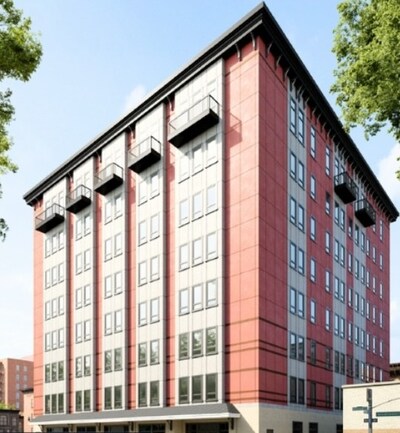The self-storage investment sales market at the end of 2024 is still in price discovery with the bid-ask spread divided based on asset type with the market split into several distinct buckets; core market stabilized, certificate of occupancy/lease-up, small market and development opportunity. Distressed deals have not surfaced in a material way and will likely be limited to a small handful of assets, primarily new construction in oversupplied markets with high levels of non-recourse debt.
A slowing of new development should help stabilize struggling markets in 2025-2026!
CORE MARKET – STABILIZED ASSETS
The current sweet spot for buyers, where the bid-ask spread is generally tightest and offered properties are receiving multiple offers, is owner operated, stabilized assets in core markets with limited new supply pipeline and high barriers to entry. Properties in markets like Los Angeles County, New York metro, San Francisco Bay Area and other similar markets are trading at CAP rates in the high four percent to mid five percent range on in-place net operating income. Given that rents and occupancies have dropped since the post-Covid-bubble days, prices have come off their record highs reached in 2022 but are only down marginally (10-15% from peak values). This shows the self-storage markets resilience and strong interest level from institutional buyers, REIT’s and exchange buyers.
The key to transacting here is determining how much upside can be squeezed out through ECRI’s and implementation of ancillary income streams. Our team has seen offers ranging as much as 20% from best offer to lowest.
CERTIFICATE OF OCCUPANCY / PRE-STABILIZED ASSETS
Assets sold at certificate of occupancy (C of O) or properties still in lease-up are generally pricing below seller’s expectations, or lingering on the market, due to a bid-ask spread that is too wide. Current market values in many cases are below the developer’s all-in cost to develop wiping out most or all their equity at close.
Developers have minimum return requirements for their capital partners/investors that were based on underwriting done in 2018-2022 when the market was experiencing record rental rate increases and rapid lease-up – in some cases under twelve months to stabilized occupancy. Most projects completed in 2023-2024 on the other hand are experiencing slower lease-ups that will take three years or longer to attain fully stabilized economic occupancy levels. Even once fully stabilized the achieved net operating income will be below initial projections. In trade areas with more than 1-2 new projects this lag is even more pronounced. All indications are that newly built assets will be where the bulk of sales will occur over the next few years as GP’s/sponsors look to return capital to their investor pool.
The key to transacting here is coming to agreement on where market and in-place rents will settle once fully economically stabilized. Buyer and Seller expectations are mostly too far apart to transact, except for assets facing recapitalizations where sellers have to make the difficult choice of selling well below projected values or infusing significant capital and waiting for the market to recover.
TERTIARY MARKETS – SMALL ASSETS
Stabilized facilities in markets with less than 50,000 population within 3-5 miles and limited population growth have seen the largest price drops over the past 24 months. Pricing for these assets are highly sensitive to current interest rates and banks require they have a positive cash-on-cash return at close. With the majority of these buyers looking at higher leverage (i.e. 85% SBA financing), CAP rates need to have a significant spread above the borrowing rate. Sellers that offer seller financing have seen the best success transacting in the current market. These smaller market assets generally provide stable returns but have limited rental rate leverage. These deals may offer additional upside through implementation of tenant protection and other ancillary income streams with CAP rates in the 7% – 8%+ range.
The key to transacting here is to offer attractive seller financing or to wait for borrowing rates to fall below a buyers desired CAP rate.
Development Sites
Development has faced stiff headwinds since the Fed started raising interest rates. The challenge is not just borrowing rates or even the ability to borrow at all. Additional headwinds derive from longer lease-up timelines, lower street and market rents, increased costs of labor and materials to build and finding sites that are not currently experiencing indigestion from other new projects that are still in lease-up or are just completing construction.
The key to transacting here may be a combination of patience (waiting for other new supply to be fully stabilized before adding more supply) and perseverance in your site selection process. Stating that securing sites that make economic sense today is a challenge can not be overstated!

About the author: Tom de Jong is an Executive Vice President with Colliers International and a founding member of the “de Jong I Becher Self Storage Team” one of the top brokerage teams in the self-storage industry within the US. To discuss this article or to find out what your assets are worth today connect with Tom at tom.dejong@colliers.com or call +1 408 724 0337




